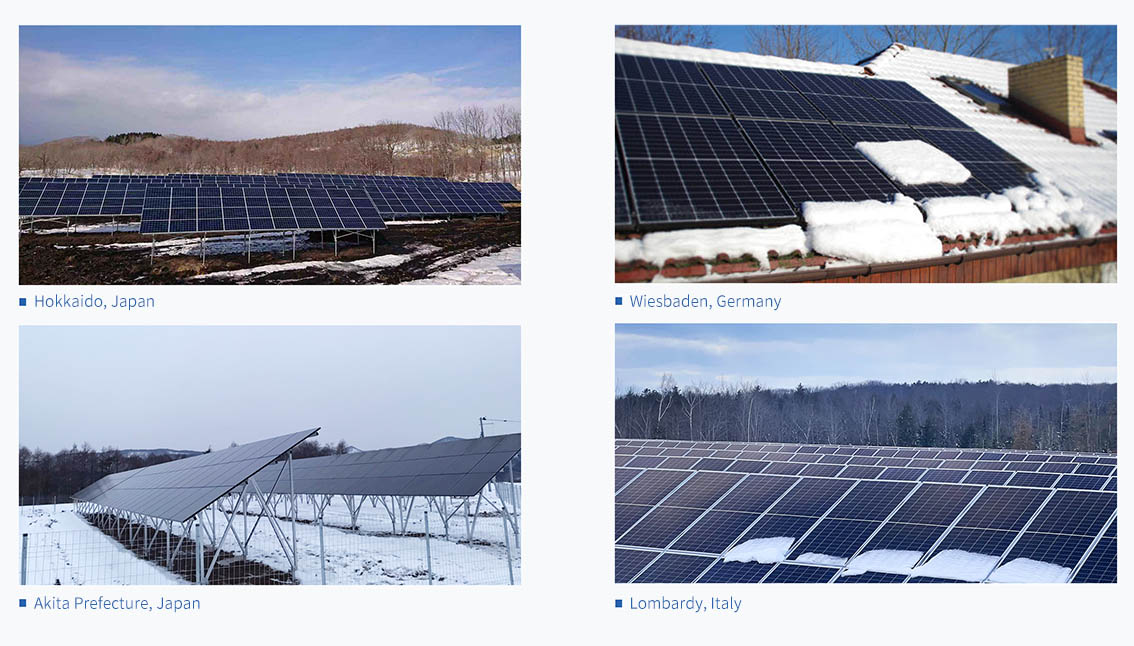In the PV field, foundation plays a critical role in the stability, safety, and cost control of the entire power plant. Different foundation types are suited to various engineering requirements and geological conditions. Let’s take a closer look at several common foundation types:
1. Concrete Pile Foundations
Concrete pile foundations are characterized by fast construction and relatively low cost. Typically, a hole is drilled at a predetermined pile location to the design depth, by the insertion of a reinforced steel cage and pouring of high-strength concrete. The process allows flexibility in adjusting the height of the foundation surface according to the terrain. The construction is rapid and causes minimal disturbance to the original landscape and vegetation. This design can flexibly accommodate tall buildings and areas with complex geological conditions.
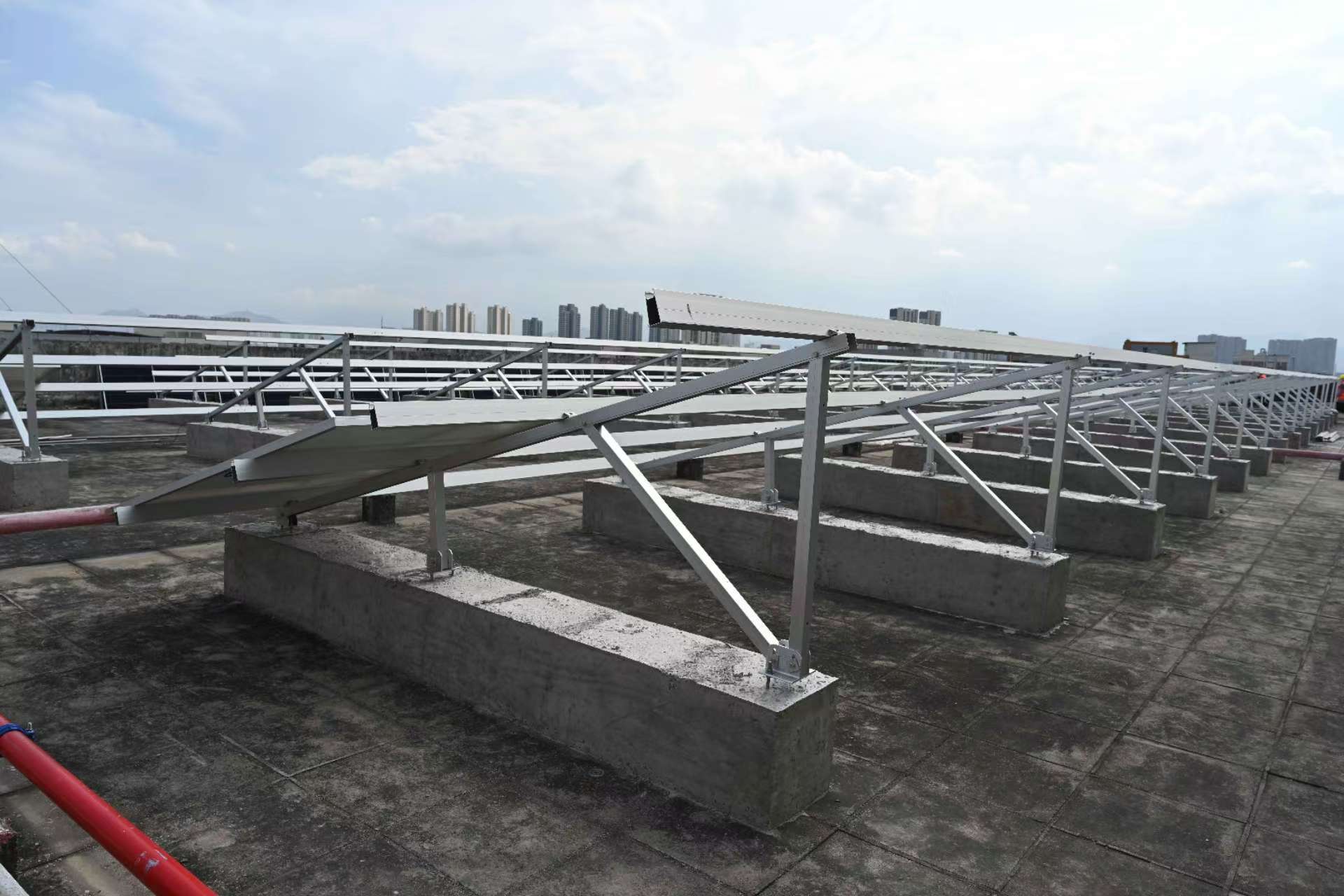
2. Precast Concrete Piles
Precast concrete piles are mass-produced in factories and transported to the site, where they are driven into the ground using static pressure or hammering, commonly used in softer soil layers such as clay or fill. The pile body is of reliable quality with strong load-bearing capacity, and efficient construction can be achieved with only simple site leveling. However, care must be taken to identify any underground obstacles during installation by conducting a thorough geotechnical survey.
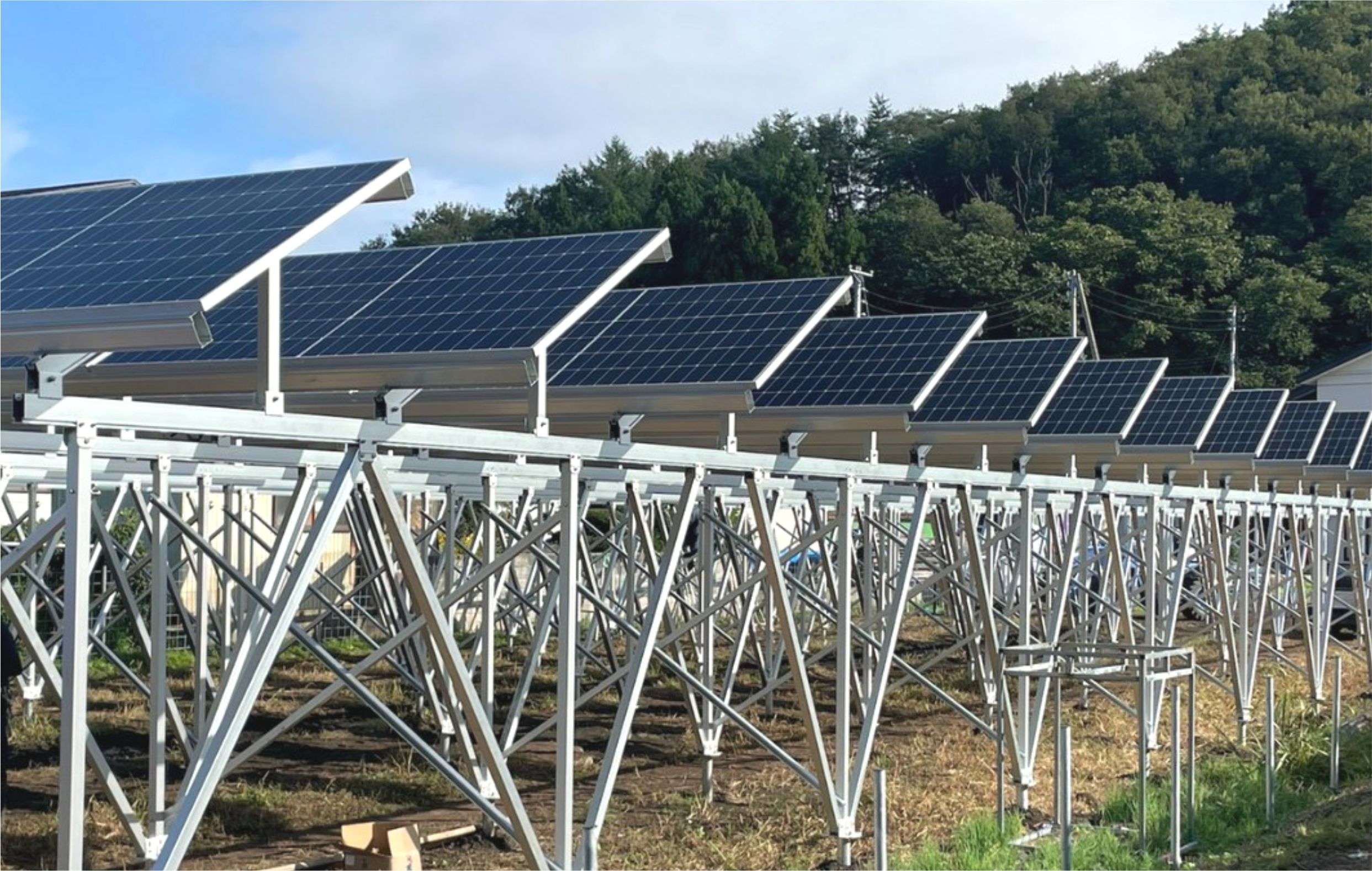
3. Concrete Strip or Independent Foundations
Concrete strip and independent foundations are common types of PV mounting structures. These are typically cast in situ or precast in factories before being transported to the site. Both have the advantages of simple construction processes and easily ensured quality. They are widely used on flat terrain with adequate soil bearing capacity and are also suitable for flat rooftop distributed PV installations.
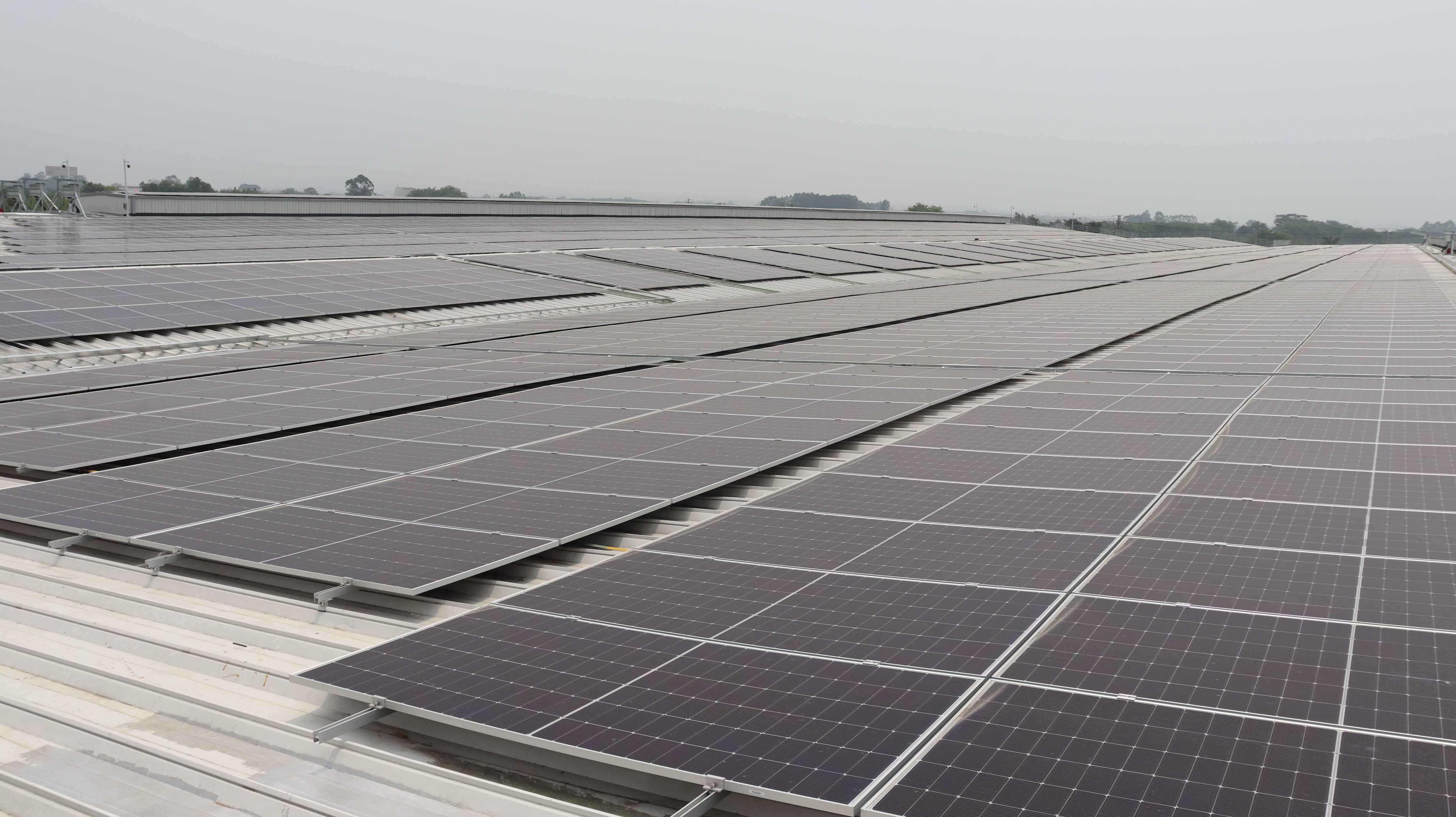
4. Screw Piles
Screw piles are an efficient and environmentally friendly foundation solution. They are quickly screwed into the soil using specialized machinery, adaptable to different terrains and soil conditions. They are unaffected by groundwater, allow for rapid installation, and require no curing time or maintenance, enabling immediate mounting of the above-ground structure. Galvanized for corrosion resistance, screw piles can retain significant load-bearing capacity underground for over 50 years.
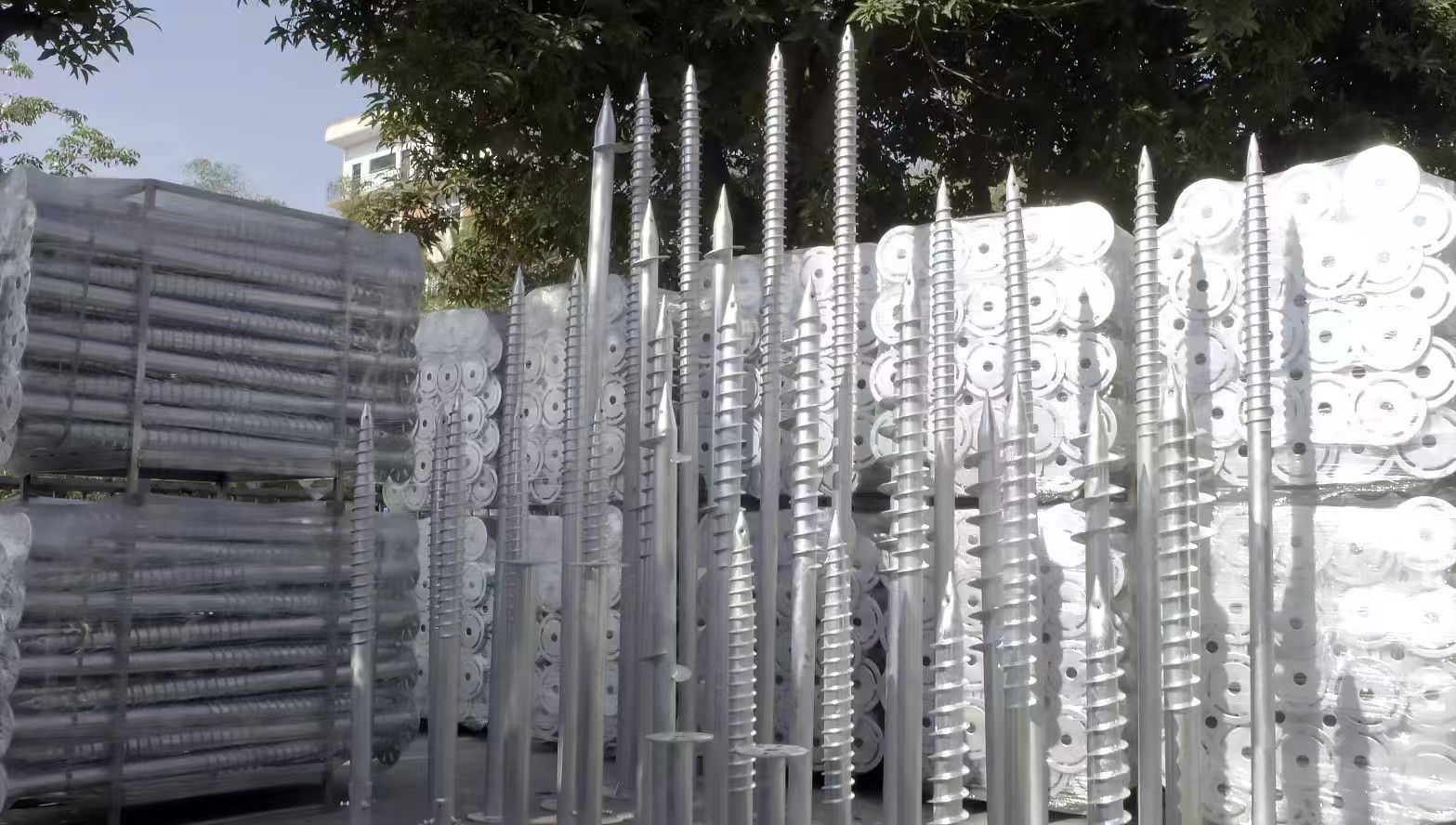
Each of these foundation types has unique advantages and applications. In actual PV projects, factors such as building type, geological conditions, and the construction environment must be considered to select the most appropriate foundation type. This ensures the smooth progress and optimal performance of the PV power plant.
For more information, stay tuned to Huge Energy!
Advantages of Huge Energy Solar PV Mounting Structures
Huge Energy solar PV mounting structures feature carefully selected materials, such as corrosion-resistant aluminum alloys, high-strength steel products and top-quality stainless steel bolt sets. Precision machining ensures durability in varied environments.
Before constructing a solar plant, we design a reliable PV mounting system and connection method tailored to the specific wind speeds and snow loads of the location. This enhances the structure’s ability to withstand crosswinds to ensure the overall stability. Our custom design service optimizes installation angles and minimizes shading losses, maximizing energy capture.
We offer 10-15 years of quality assurance and 25-years design life. Our “safety-first” engineering strategy has resulted in a decade of accident-free operations. Count on us for professional services from consultation through installation to ongoing maintenance.
We stand by our commitment to effective energy solutions and sustainable development. And we meet your expectations in every aspect and get your investment to the maximum return. 